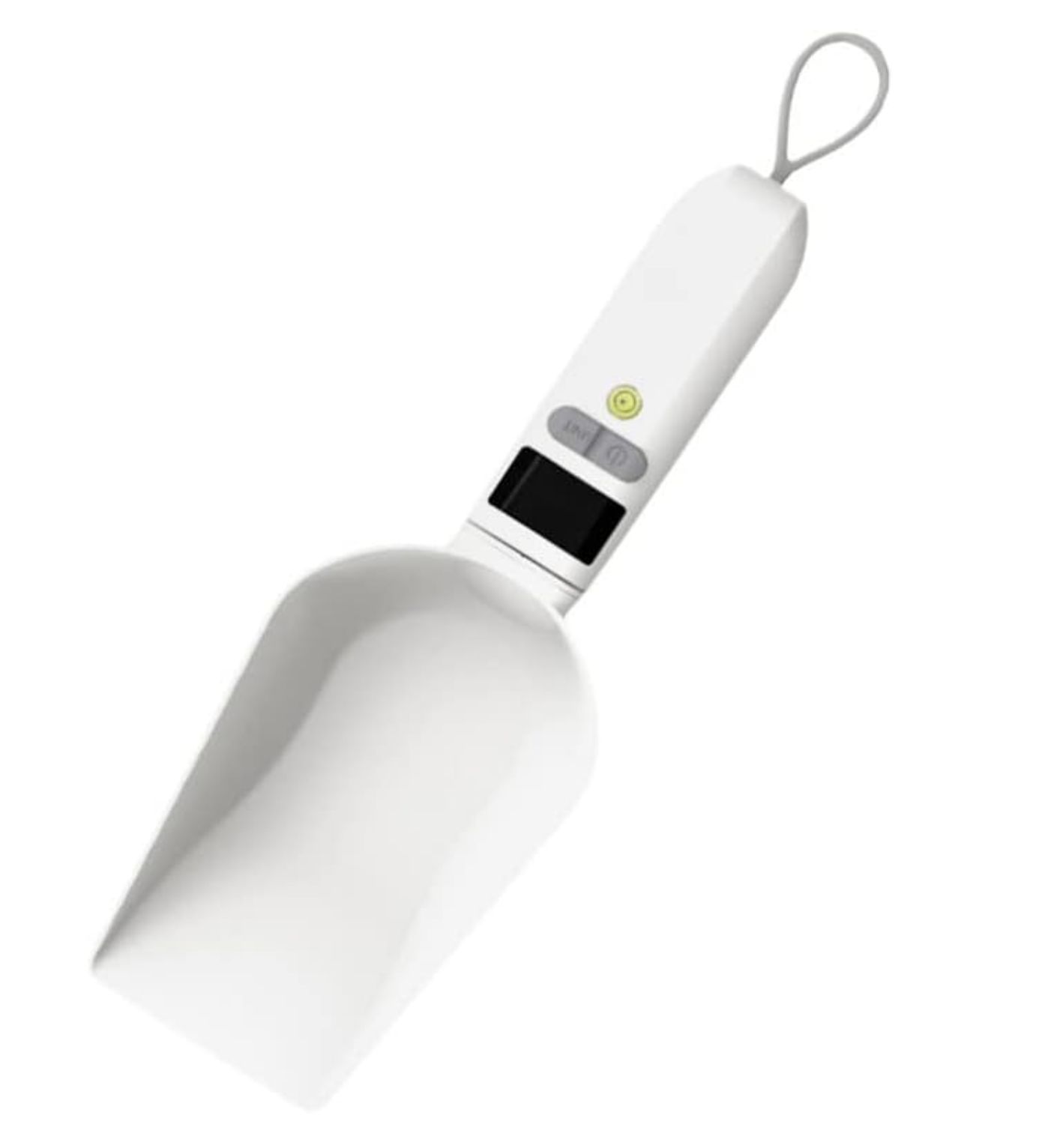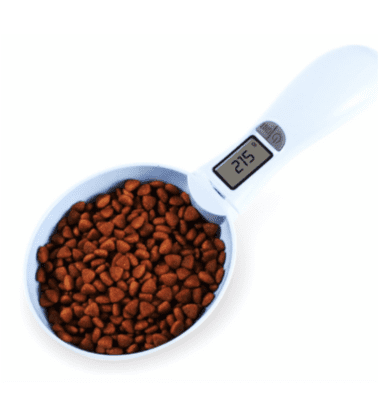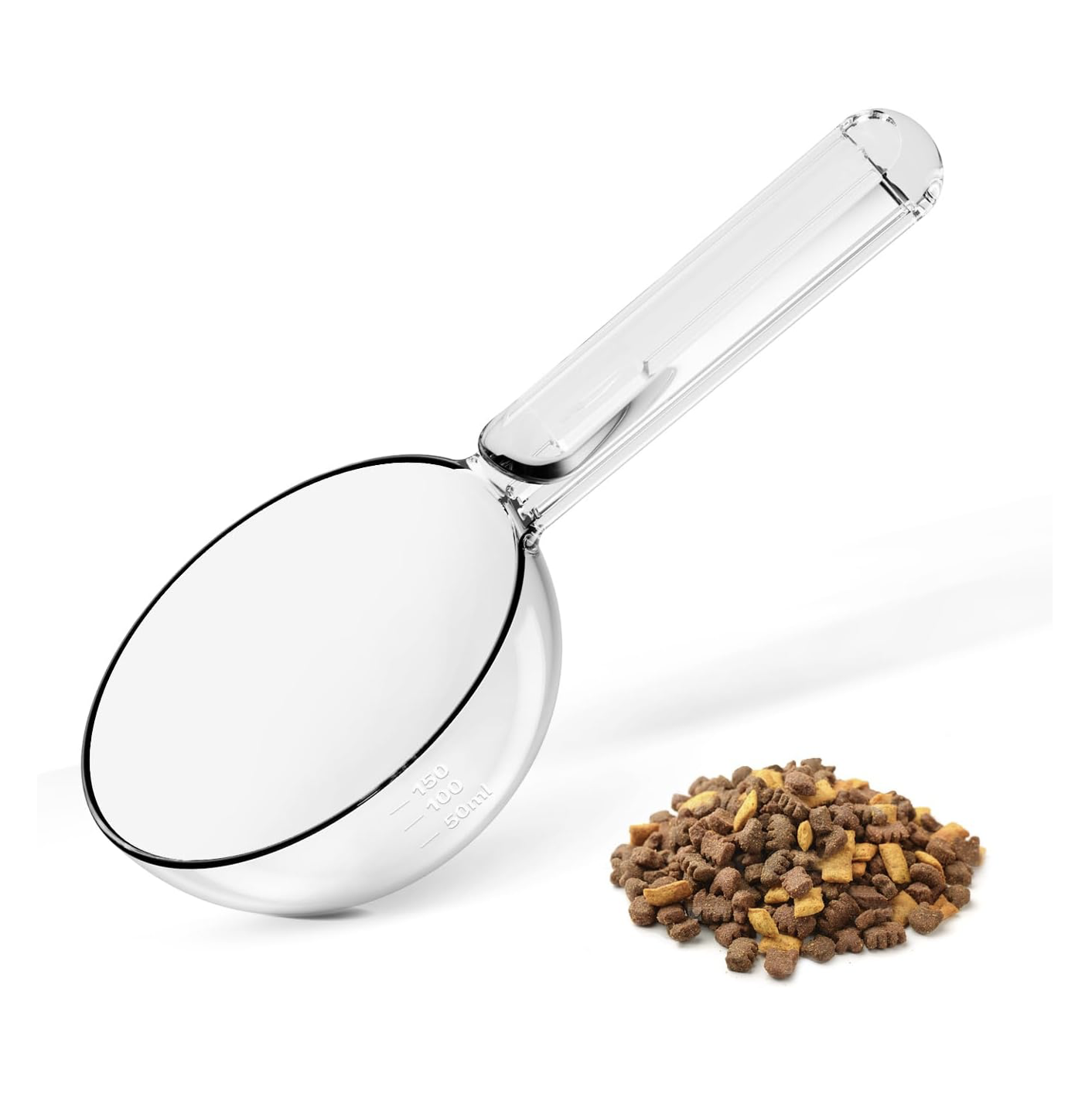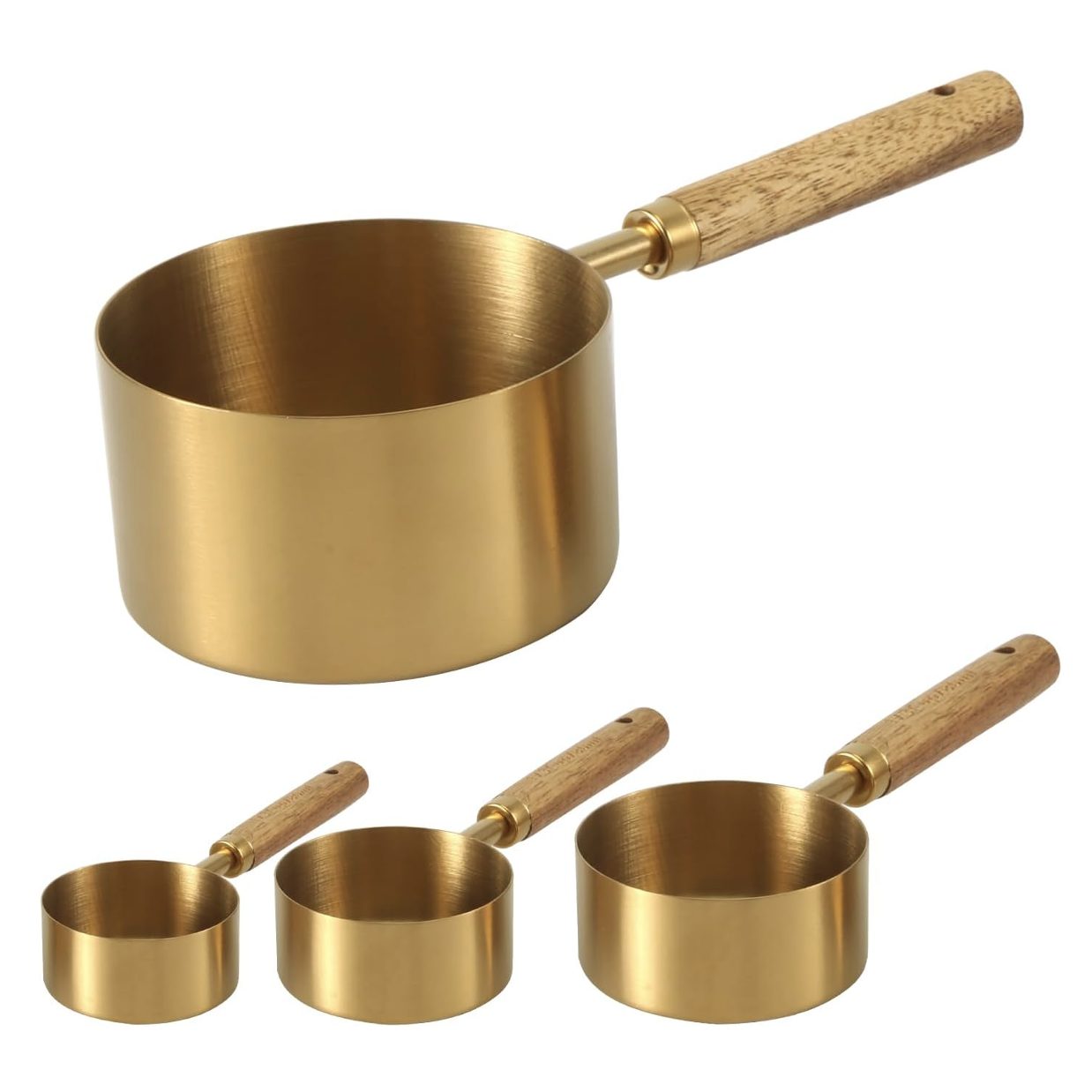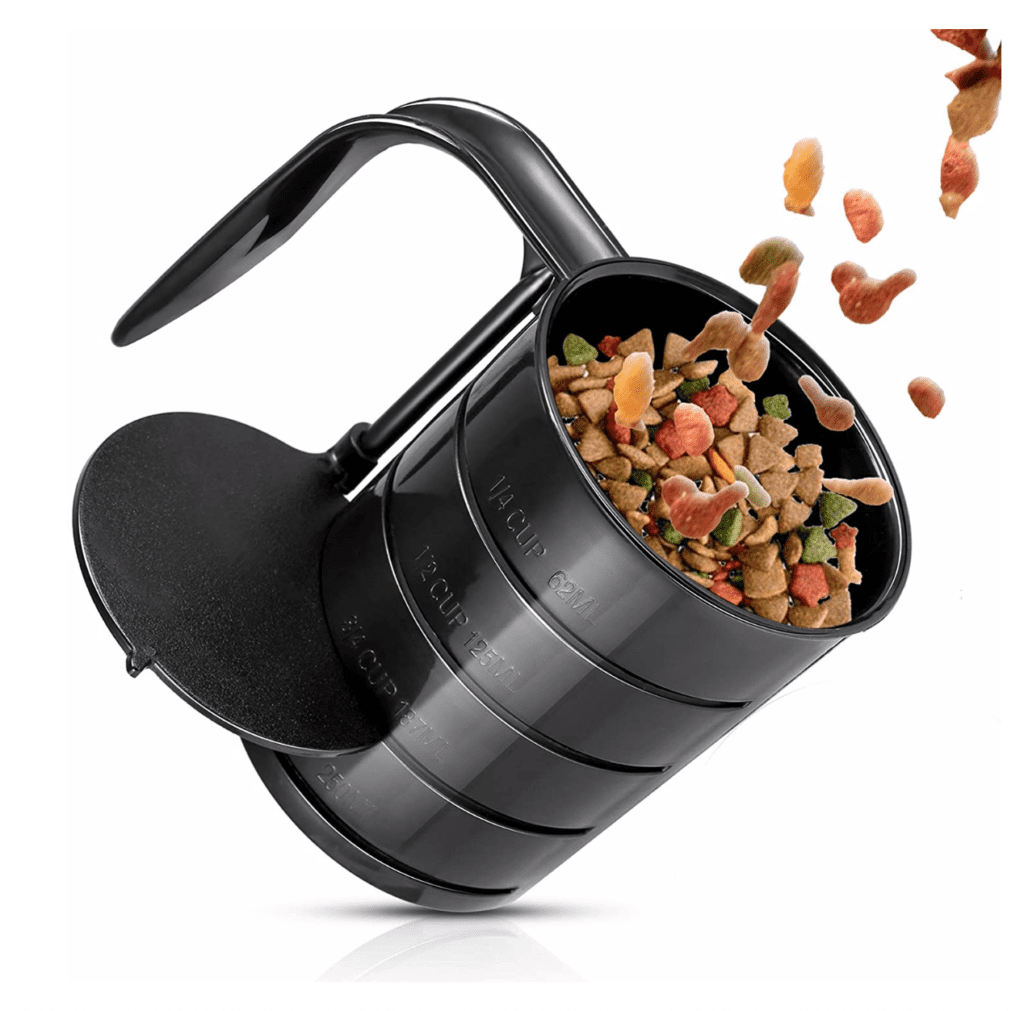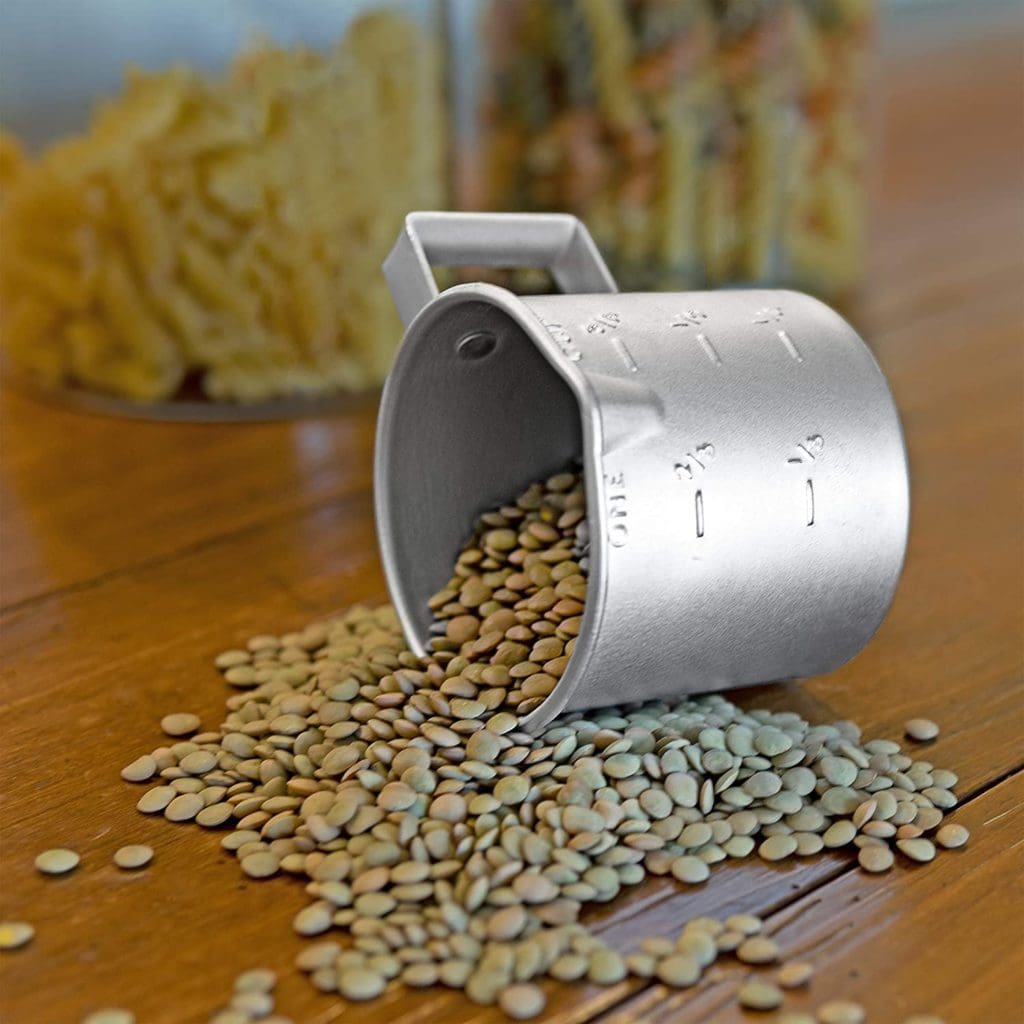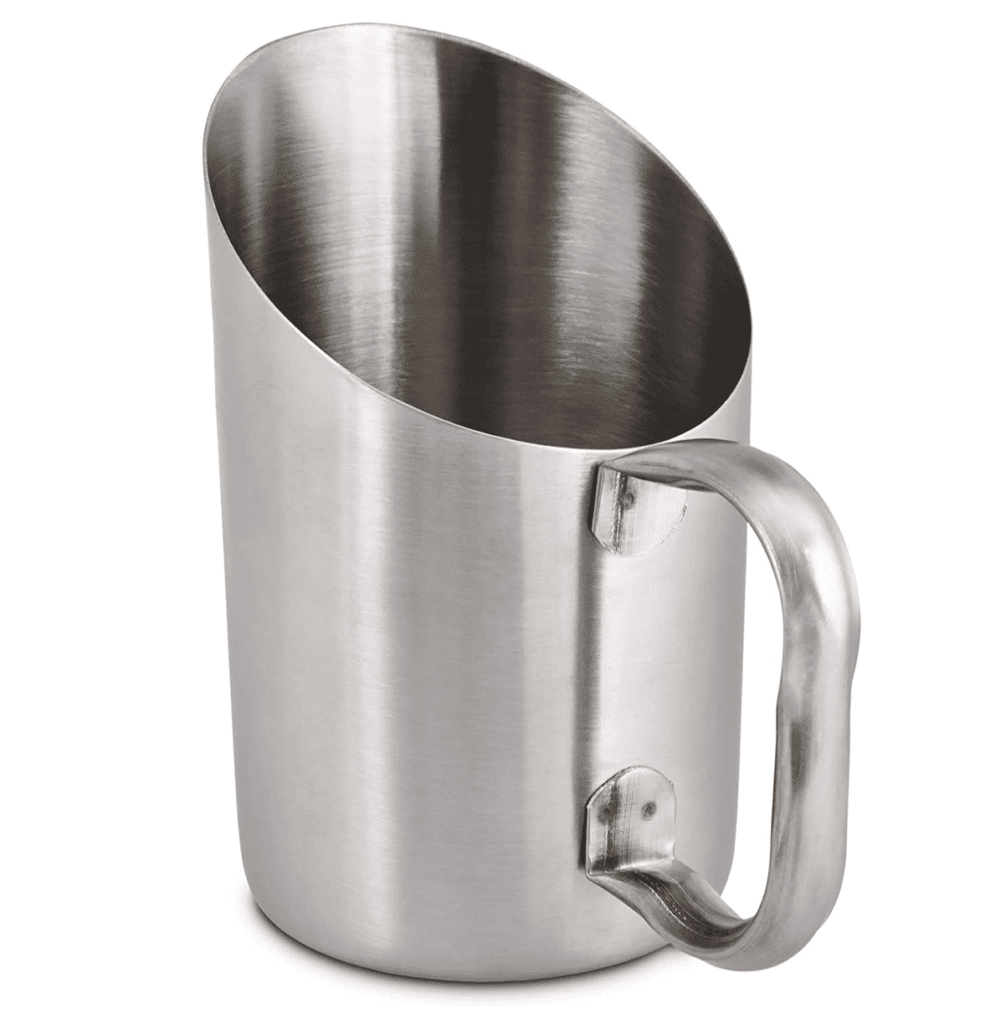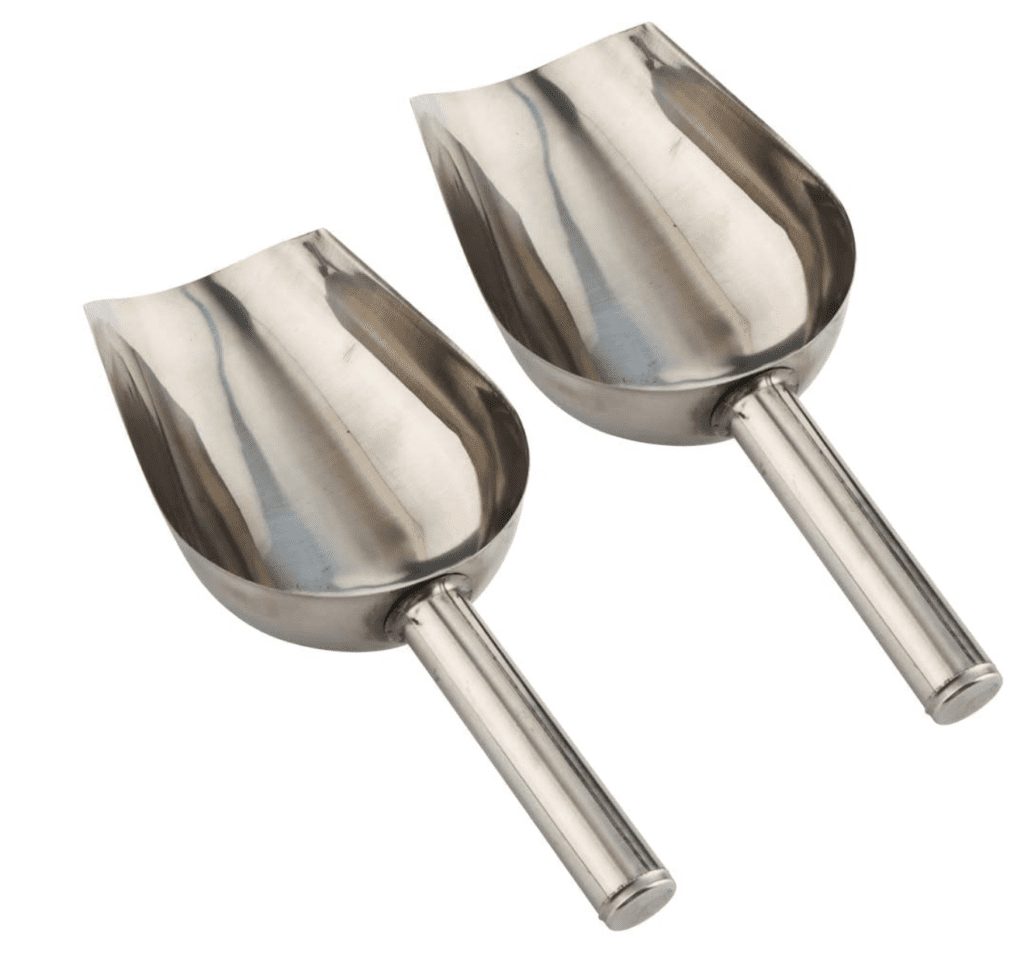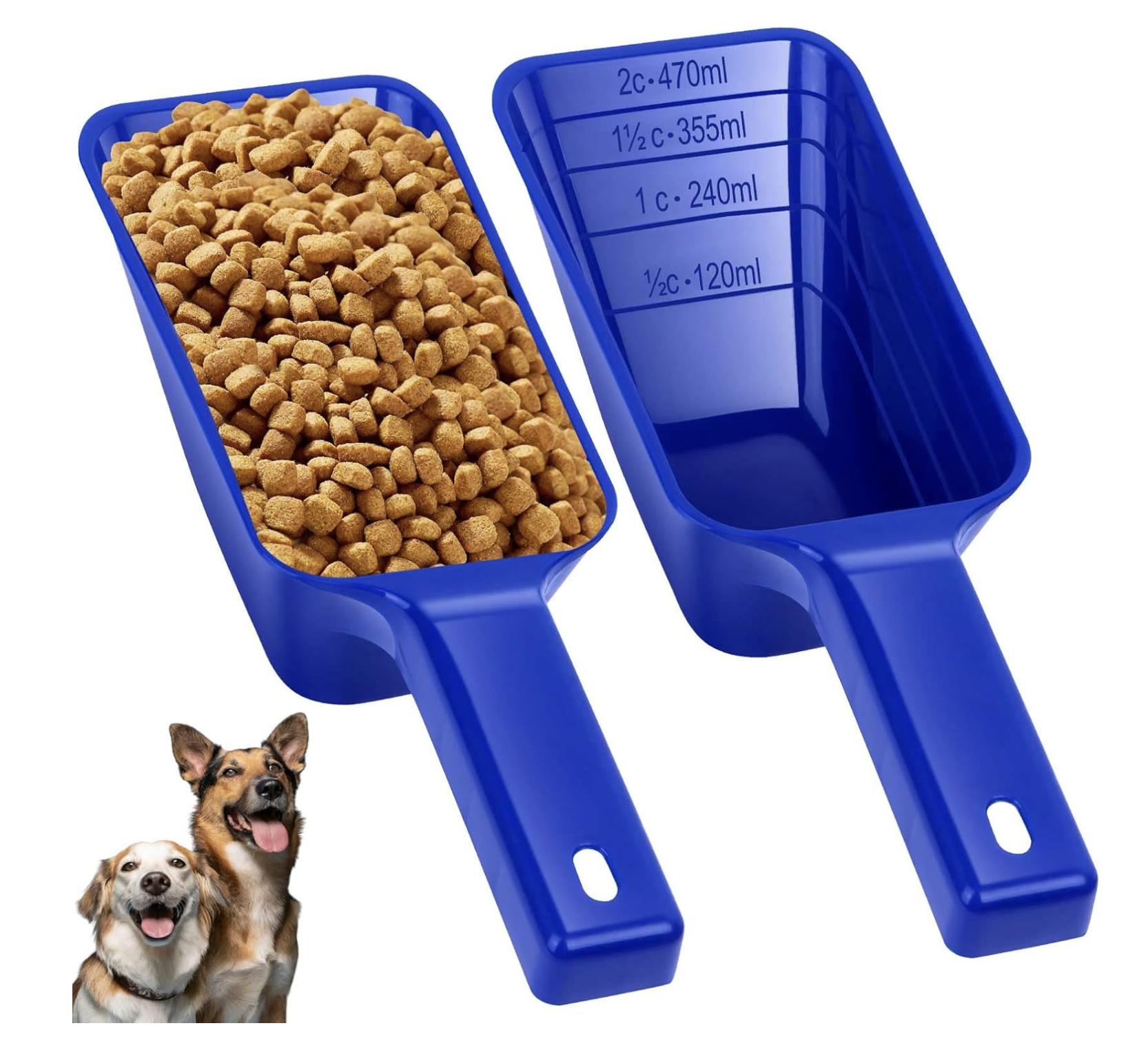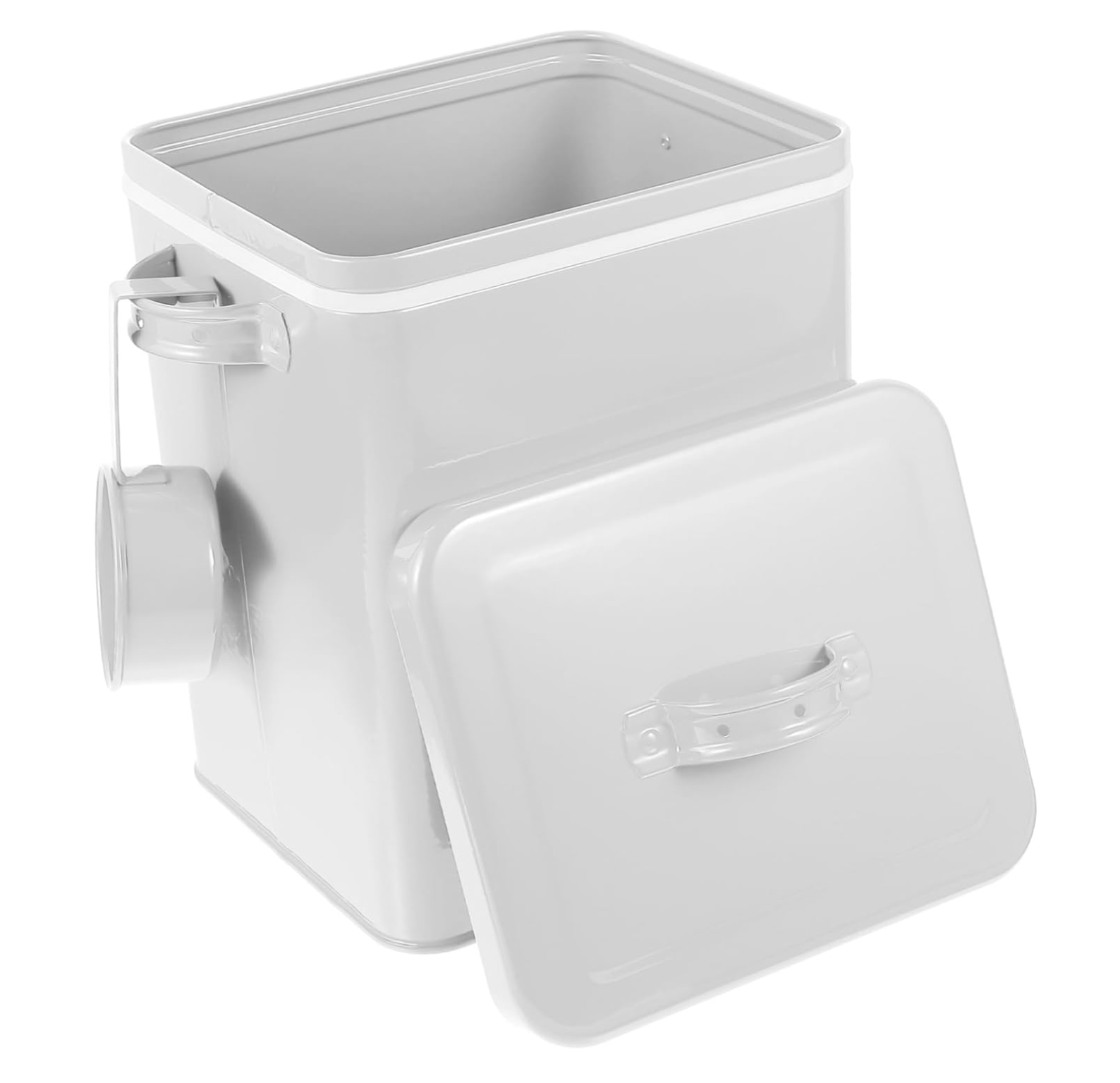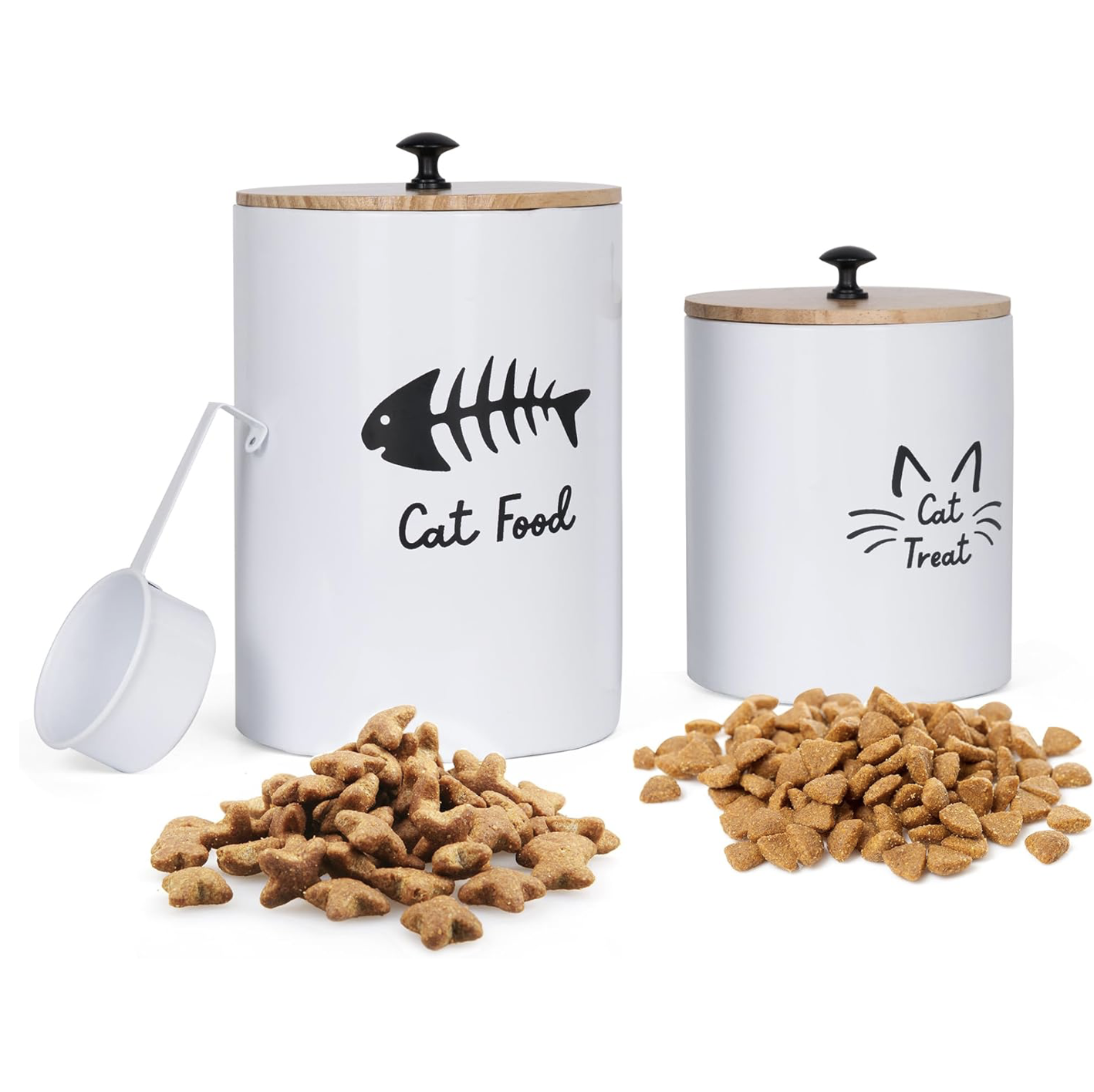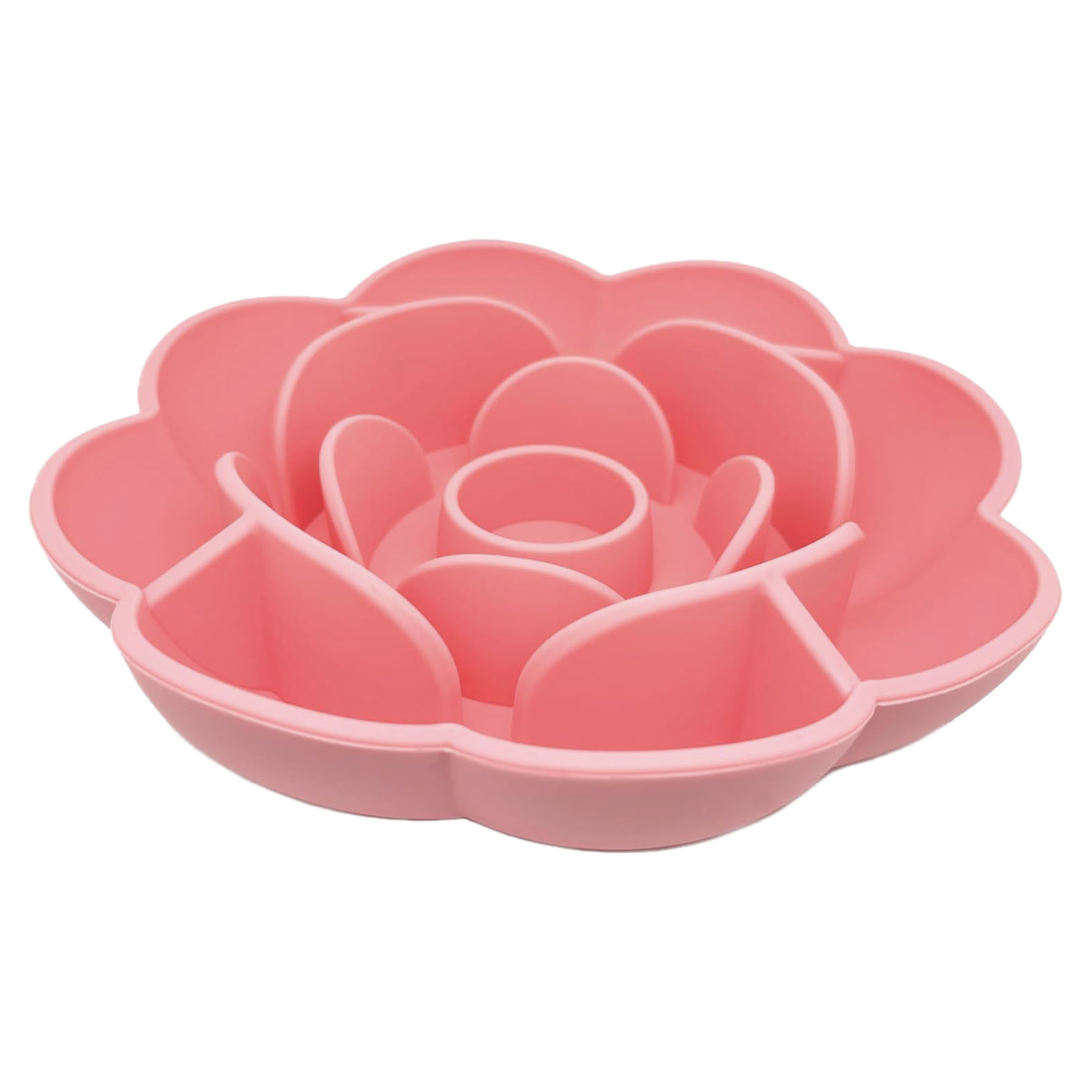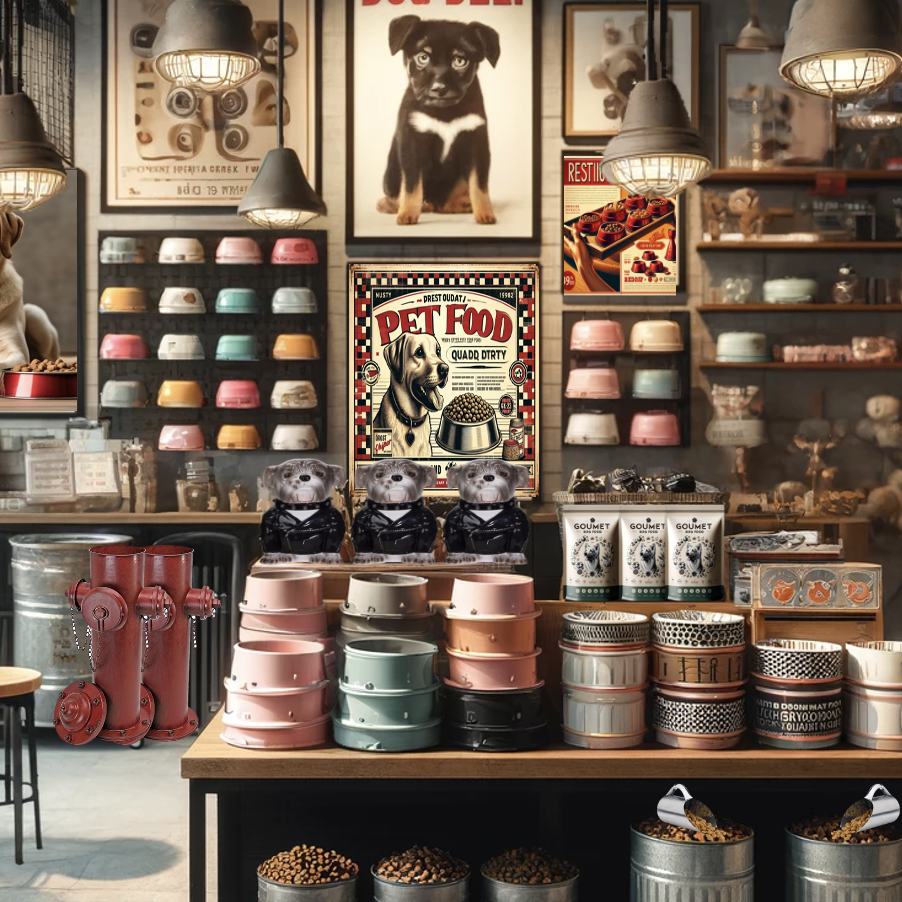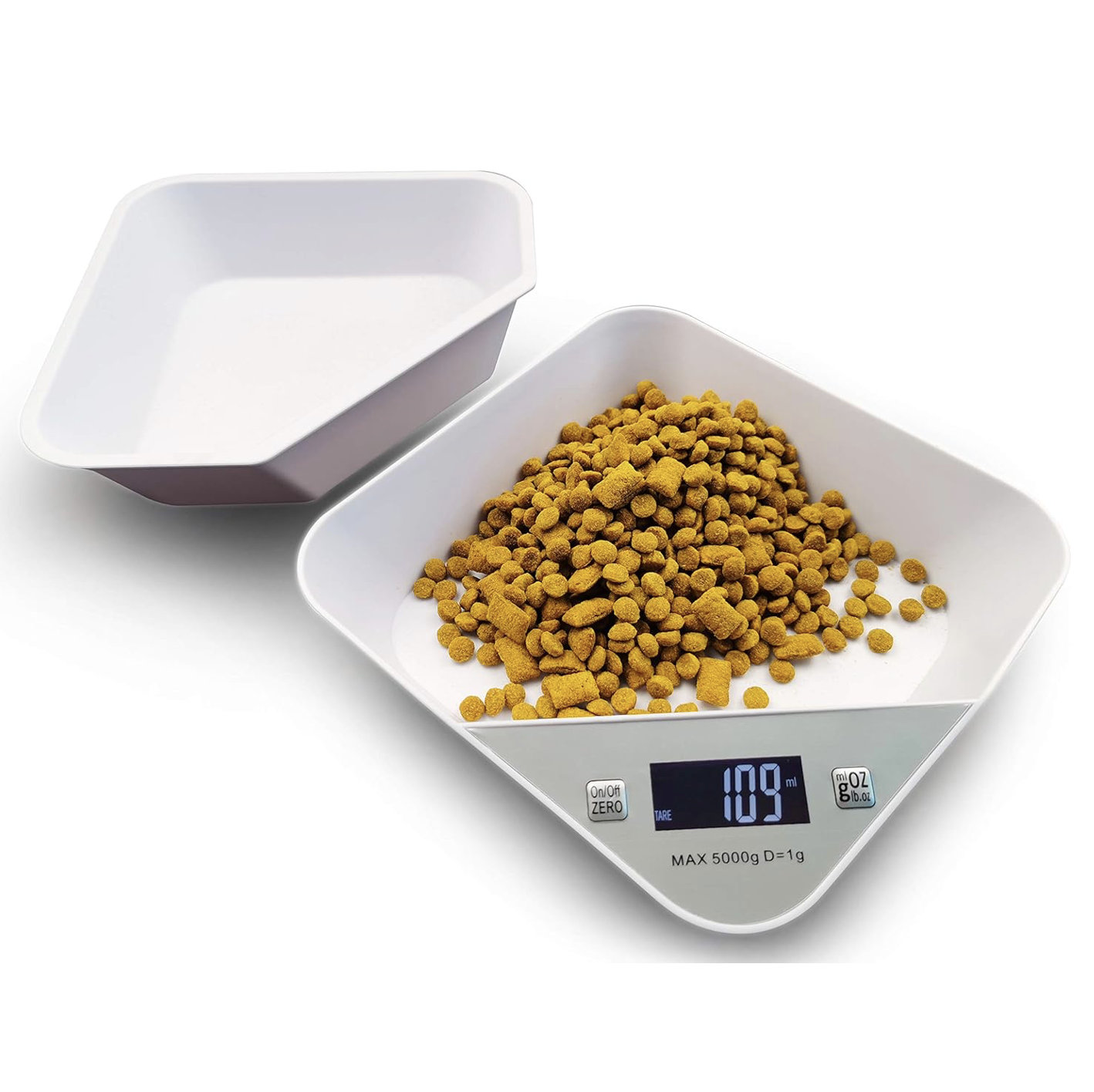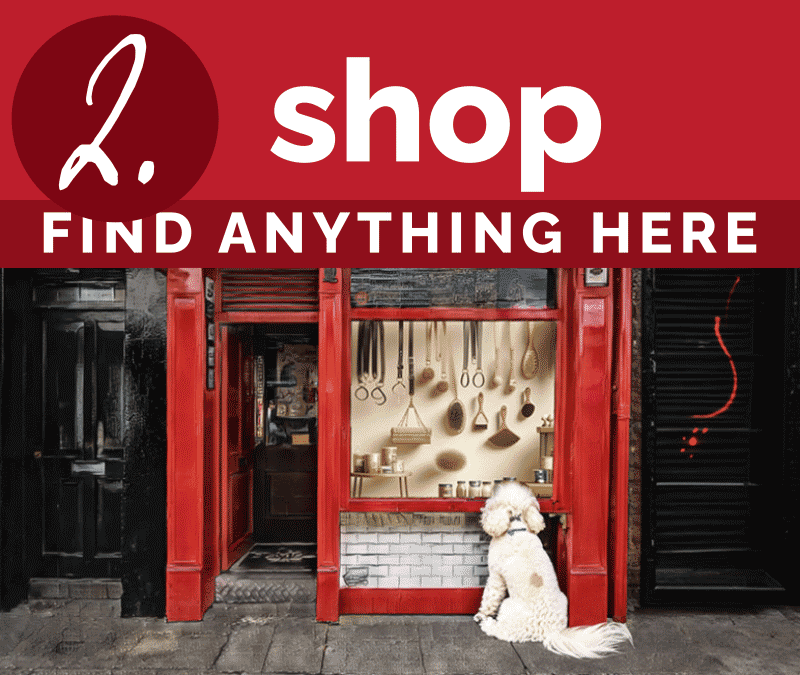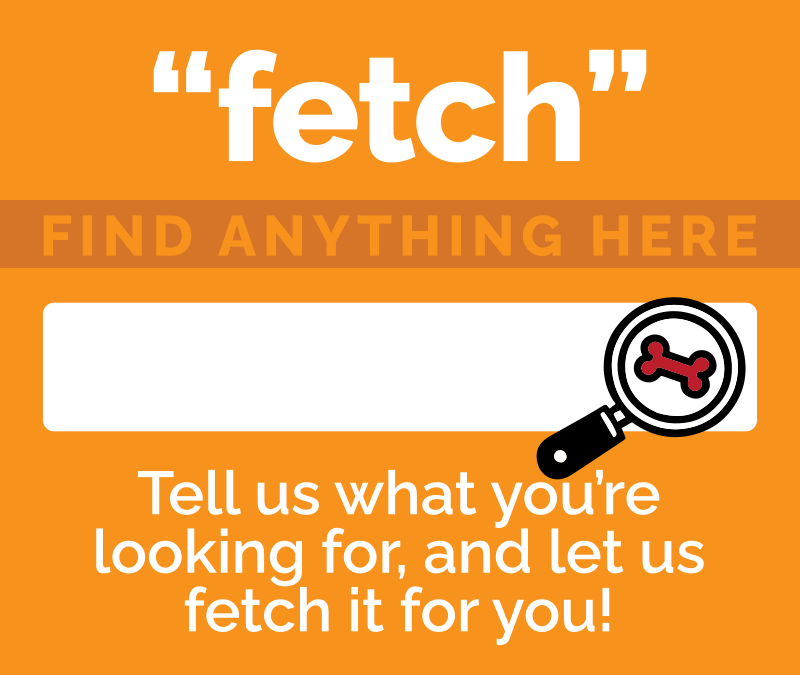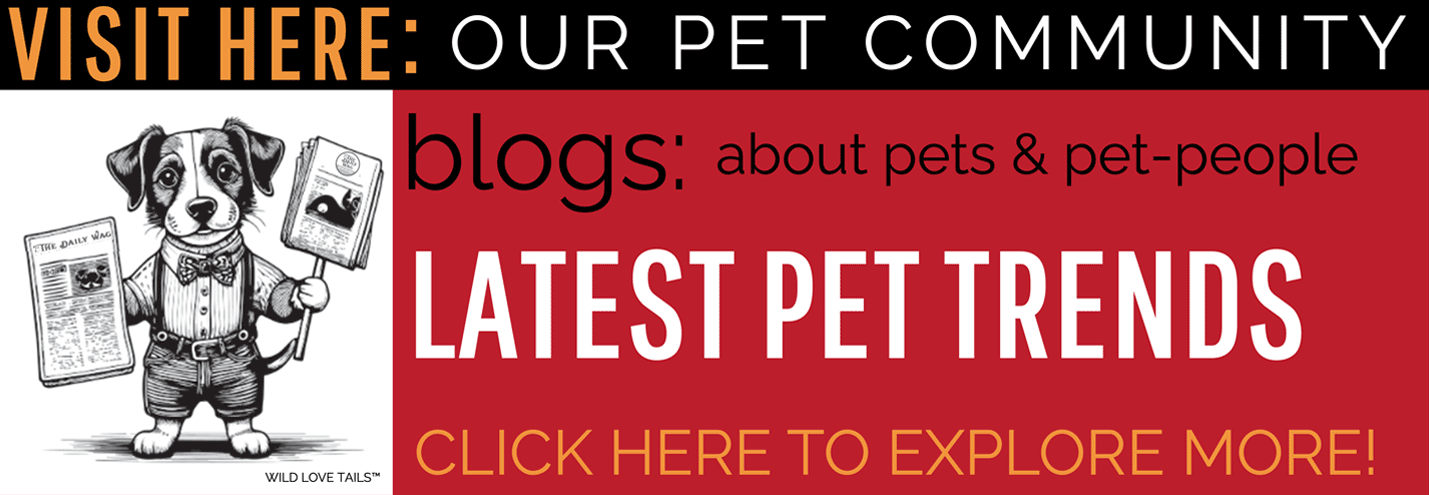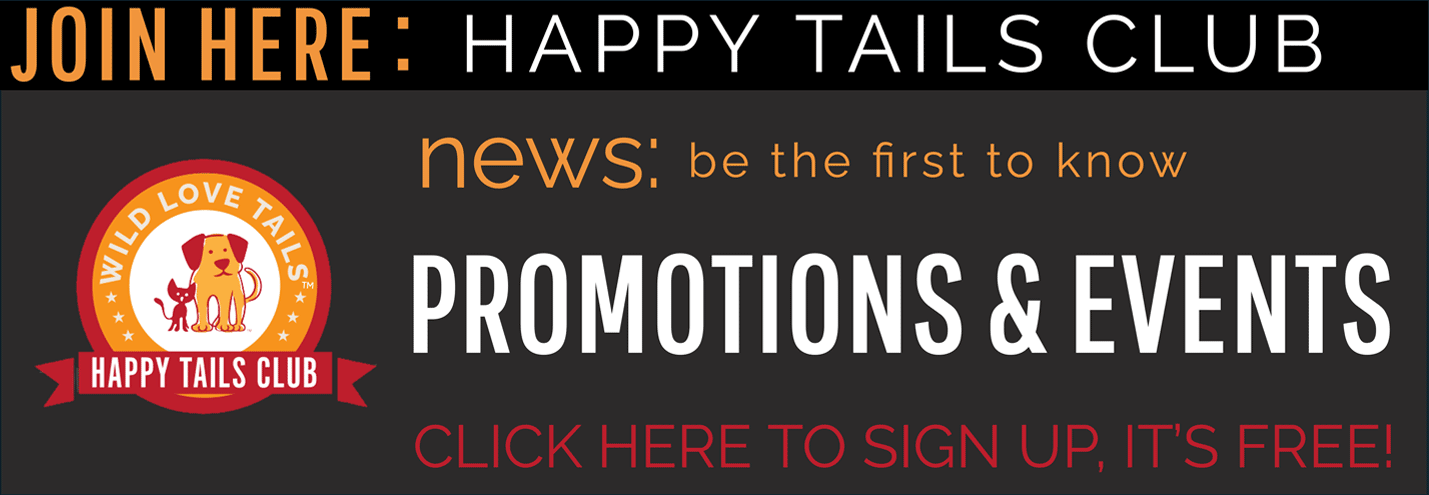LOADING

Pet Food Gadget Shop
Pet Food Scoops | Food Measuring Cups | Scales | Cups
Pet Food Scoop and Measuring Cup Shop: Everything you need to scoop the perfect amount of pets food every time.
Browse a curated collection of measuring cups, spoons, scoops and gadgets to help measure and dish out the perfect amount. Serving pets the right amount of food at each meal time is paramount to raising healthy and happy pets. From multiple day feedings for growing puppies to larger single meals to maintain pets weight. While some pets gobble up their meal, others eat only when they are hungry, getting to know your pets eating habits and controlling their diet will help them maintain healthy eating habits. Choose quality, food grade options and wash them often to keep pet’s healthy. Here are a few thoughts on the amount of pet food to feed your pet.
SCROLL TO EXPLORE THE SHOP
(click to learn more)
Pet Food Measuring Cups and Scoops
Large Pet Food Measure Cups
Pet Food Scoops
Pet Food Spoons and Scrapers
For pets who love wet and canned pet food grab the right spoons and spatulas to get all the morsels. Lids are ideal for storing pet food between feedings.
Pet Food Bowl Slow Feeder Inserts
Help pets eat slower and control food intake with food bowl inserts.
Pet Food Scales and Scale Bowls
Use your pet’s bowl to measure the peferct amount of for every meal.
How Much Food Should I Feed My Dog? Or Cat?
While no two pets are alike there are some trusted studies that provide guidelines for best pet eating habits. Your pet’s weight is a critical factor in their health and longevity, so paying attention to food amounts will help you maintain your pet’s ideal weight. Here is what we know:
- Puppies and Kittens – need more food than adult pets. Many pets will eat all you give them, so taper off amounts as your pet transitions from a puppy or kitten.
- Pet Activity Level – A high-energy dog or outdoor cat will need more calories.
- Type of Pet Food – Wet, dry, raw, or homemade all vary in caloric density, so you will want to adjust to meet your pet’s caloric intake needs.
- Health & Breed Needs – Some breeds or pets with conditions need special diets.
- Pet Food Labels – offer guidelines for pet feeding amounts
- Stockier Pets – reduce daily intake of pet food and treats for pets who tend to store the pounds, you will guide them towards a longer lifespan.
- Use A Measuring Cup or Pet Food Scale – this will ensure you give pets the right amount of food at every mealtime.
- Pre-Packaged Pet Food – many pre-made pet food is pre-packaged in set amounts, adjust daily feeding to your pet’s need and make sure to store remaining food properly.
- Pet Rib Test – you should be able to feel but not see your pet’s ribs.
- Pet Breed – do your homework on best eating practices for your pet’s breed and consider offer a food that is geared to special breeds.
- Treat Offerings – unlike pet food that is regulated, pet treats are not and can be filled with poor quality ingredients and abundant calories. We know those puppy dog eyes get us every time, but try to limit treats to good behavior, training, and special events.
- Pet Drinks – water is always the best choice. Low-Sodium beef or chicken broth are another option by not necessary, avoid milk, sugary drinks alcoholic drinks, they are not healthy for pets.
- General Daily Dog Food Amounts
- Small dogs (under 20 lbs): ½ – 1½ cups of dry food per day
- Medium dogs (20–50 lbs): 1½ – 2½ cups per day
- Large dogs (50–100+ lbs): 2½ – 4+ cups per day
- General Daily Cat Food Amounts
- Average Indoor Cats (8-10lbs): 1/3 – ½ cup dry food daily or 5.5 oz wet
- Average Outdoor Cats 8-10lbs): ½ – ¾ cup dry food daily or 5.5 oz wet +
CHOOSE WHERE YOU WANT TO GO NEXT!
OR GET TO KNOW US BETTER


